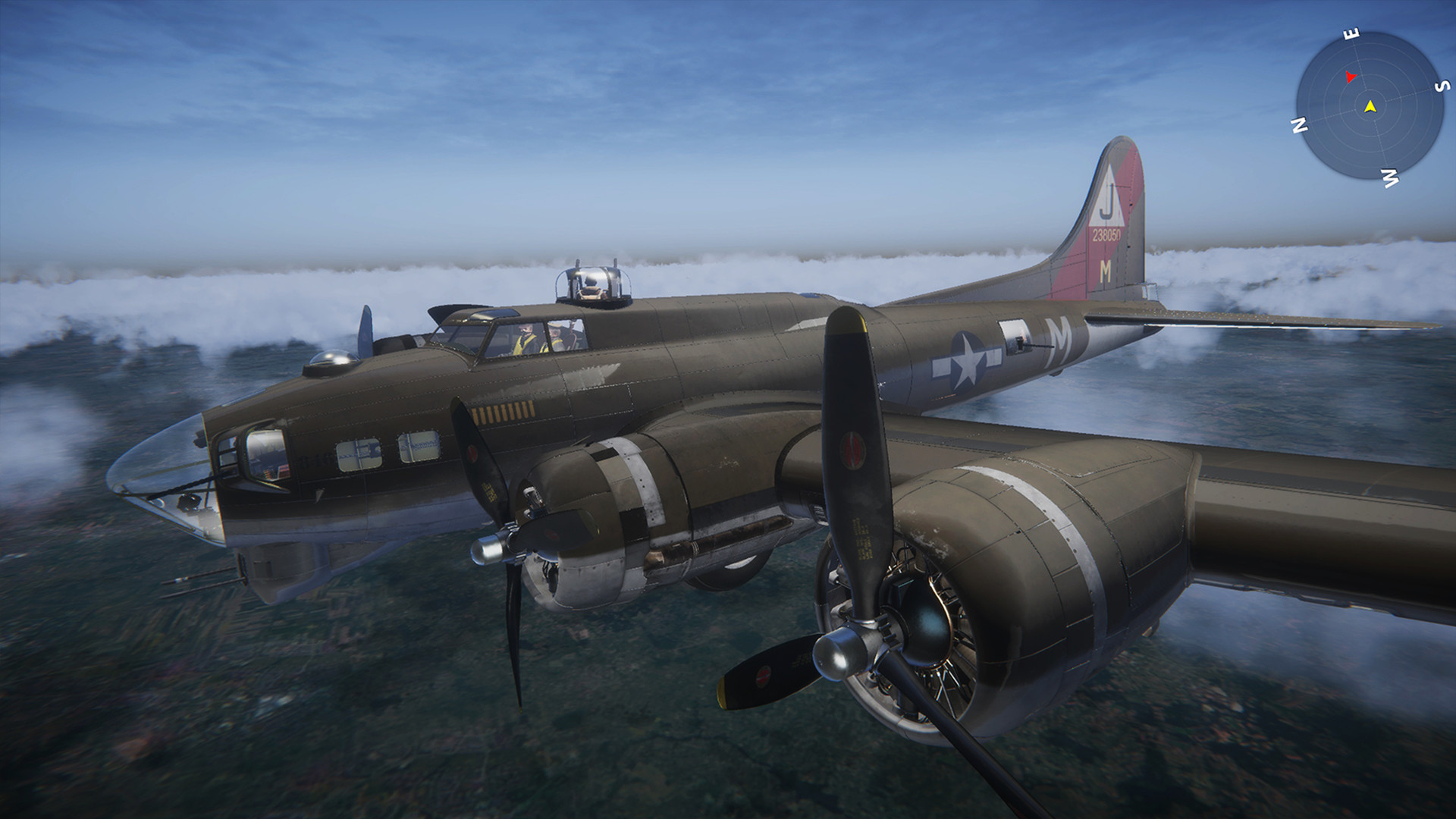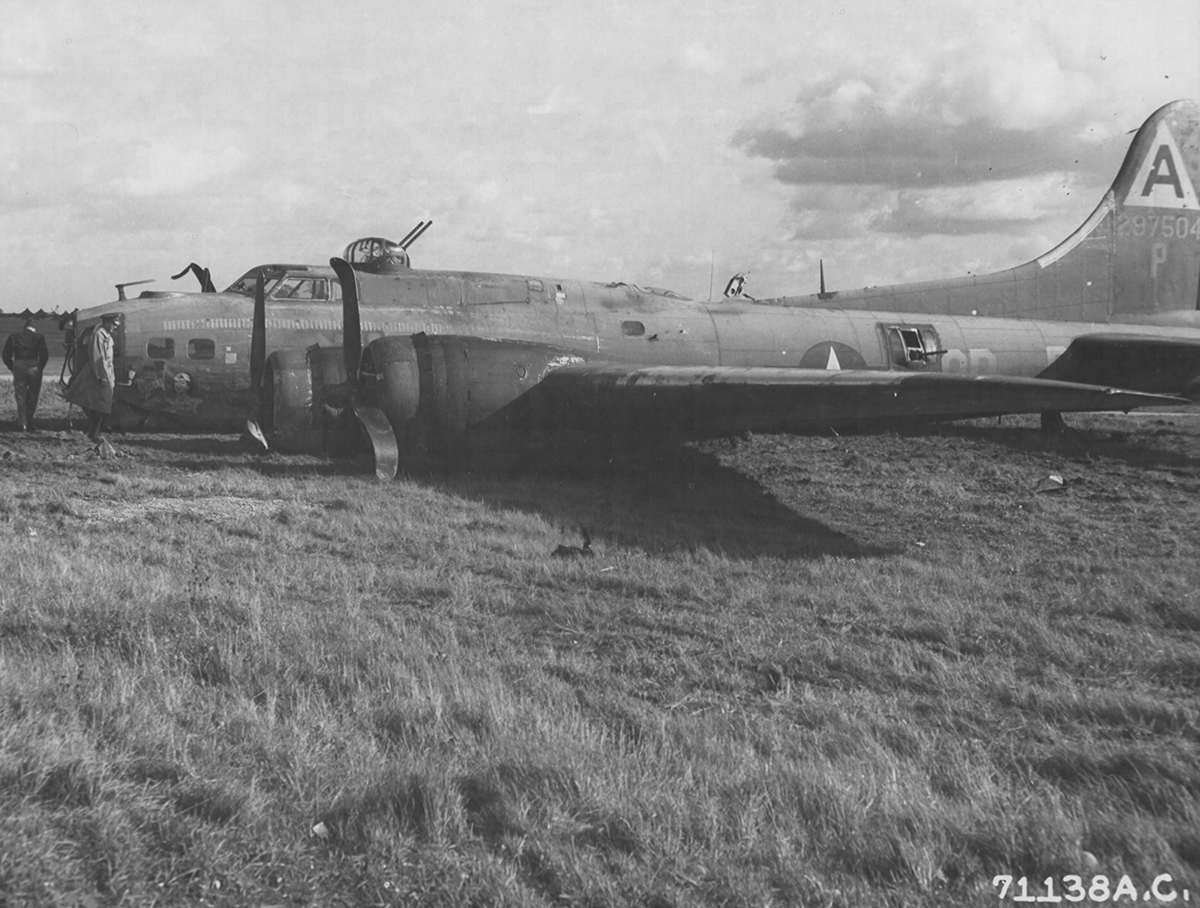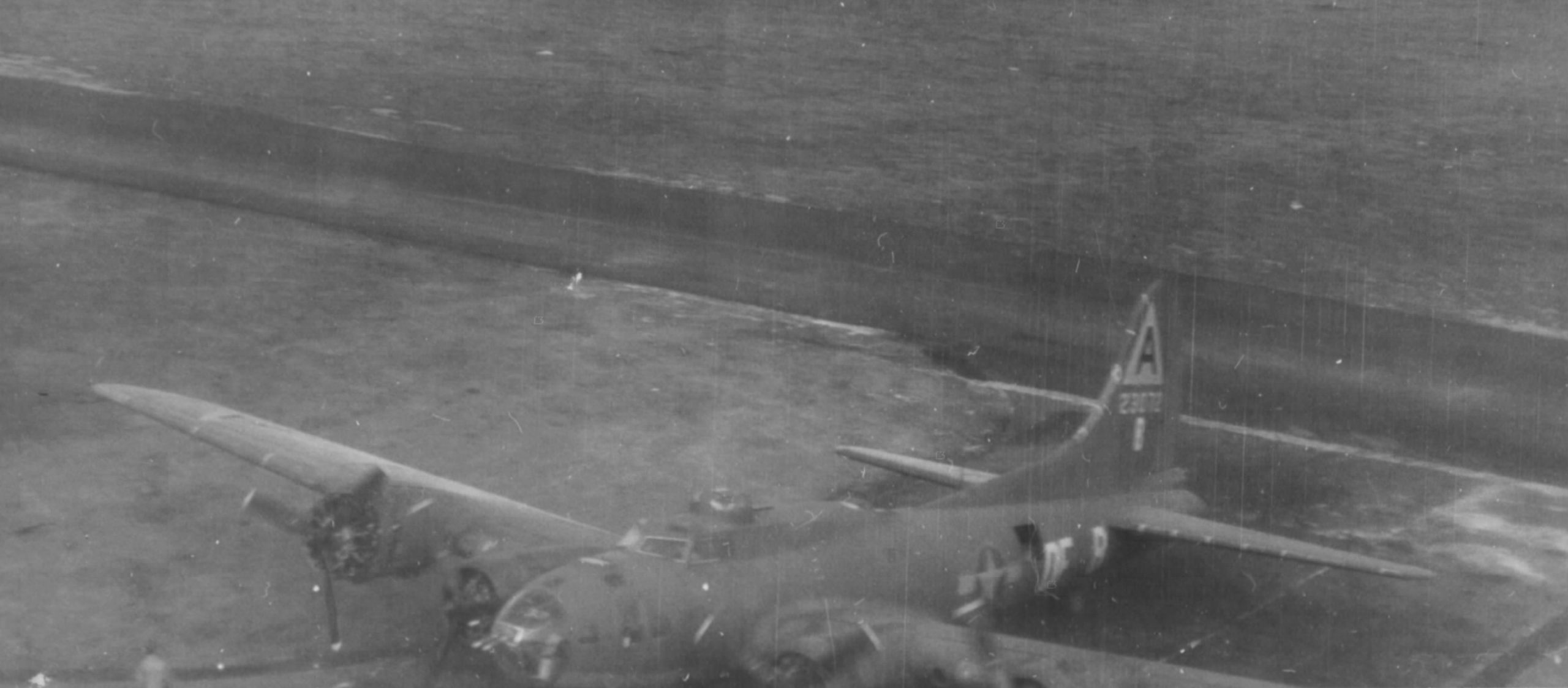B29 Vs B17 - New: A new, unused, unopened, undamaged item in its original packaging (where the packaging ... Read more about condition New: A new, unused, unopened item, undamaged in its original packaging (where packaging is applicable).The packaging must be similar to that found in a retail store, unless the item is handmade or packaged by the manufacturer in non-retail packaging, such as an unprinted box or plastic bag.in a new window or tab
*Estimated delivery date - opens in a new window or tab includes the seller's time, origin zip code, destination zip code and acceptance time and will depend on the selected delivery service and the receipt of authorized payment. Delivery times may vary, especially during peak periods. Note - Delivery * Estimated delivery dates include seller's time, origin zip code, destination zip code and acceptance time and will depend on the shipping service selected and receipt of cleared payment . Delivery times may vary, especially during peak periods.
B29 Vs B17

See Return Policy opens in a new tab or window for more details. You are covered by the Money Back Guarantee opens in a new tab or window if you receive an item that is not as described in the listing.
Tulsa Air And Space Museum & Planetarium Hosting World War Ii Bomber
Qualifying purchases can enjoy No Interest if paid in full within 6 months on purchases of $99 or more. Other offers may also be available.
Interest will be charged to your account from the date of purchase if the balance is not paid in full within 6 months. Minimum monthly payments are required. Subject to credit approval. See terms- for PayPal credit, opens in a new window or taHomepage Aviation history Here's why the B-29 could have a higher loss rate than the B-17 and B-24 in Germany in in 1943.
This is why the B-29 may have had a higher loss rate than the B-17 and B-24 over Germany in 1943.
The B-29 was used primarily in the Pacific theater during World War II, but how would it fare in the air war over Germany if it became available in 1943?
Crashed B 29
Designed in 1940 as an eventual replacement for the B-17 and B-24, the first B-29 made its maiden flight on September 21, 1942. In December 1943 the U.S. The leadership of the Army Air Forces committed the Superfortress to Asia, where its long range made it particularly suitable for long flights over water against the Japanese homeland from bases in China. During the last two months of 1944, B-29s began operating against Japan from the islands of Saipan, Guam, and Tinian.
So the B-29 was used mainly in the Pacific theater during World War II, but how did it do in the air war over Germany if it became available in 1943?
"The short answer is that I don't think it would have been very effective in 1943, and in fact it could have been a death trap over Europe, with greater losses than the B-17 or the B-24," Willard Foxton, a Aviation expert. who made several WWII documentaries, explains on Quora.

"Here is a hard truth - the B-29, although a revolutionary aircraft, was not a very good aircraft as they were initially implemented, and these problems will certainly be present in a version implemented in Great Britain in 1943.
Meet The B 29!
"Curtis LeMay - commander of the Superfortress force - said about this "There were many defects - or easily apparent - or worse - that appeared when an aircraft was really at work and altitude."
"The Superfortress was incredibly expensive - it cost a billion more to develop than the atomic bomb - and was packed with so many advanced systems, all at the cutting edge of technology, that very few things in it worked perfectly.
"More Superfortresses have been lost to mechanical failure than any other cause; in their first 6 months, regularly 10% of the bombs taken will be lost - per mission - to mechanical damage alone.
“In particular, its R3350 engine – while incredibly impressive on paper, and the most powerful equipped in a WWII bomber – was very unreliable throughout the war, especially when the fortress was first deployed.
Superfortress Hi Res Stock Photography And Images
'Engine fires and overheating were very common due to the "double stack" cylinder configuration, often leading to engine temperatures of up to 300 degrees; this could be managed if it weren't for the engine's unique construction material.
"To save weight, the R3350 had a magnesium crankcase. You may recall now - this is the last example of magnesium used in aircraft engine construction, for a reason!
'While magnesium is light and very strong, it is also very flammable, and once on fire, almost impossible to extinguish. In 87% of the engine fires, the fire extinguishers on board could not cope, and the fire burned the entire engine and the wing. The loss statistics speak for themselves - of the 414 B-29s lost in World War II, 147 were to flak with Japanese fighters, 267 to engine fire.

"Apparently, the fires were an incredible sight to behold - the magnesium was burning brightly with a core temperature approaching 3,100 °C (5,600 °F) - and were so intense that the main wing could burn for a second, causing a wing disaster.
Facts About The B 29 Superfortress
'Magnesium was also surprisingly brittle; the reports often describe the engines starting and shaking the head in pieces on the track, and they did not increase the damage well.
"These heavy losses were earlier in the Japanese bombing campaign, when the B-29s flew from China; The problems were eventually improved, but largely due to a doctrinal change to fly slower and lower.
The defensive suite is another likely problem for the European B29; The B29 was equipped with a leading suite of 4 remote-controlled gun turrets, and a tail turret with a 20mm cannon. Linked to 5 networked computer visions, gunners will be able to fire with incredible precision, and even control multiple turrets at the same time.
'Sounds good, doesn't it? But the problem was that the system did not work. It often failed to keep the Japanese fighters on the ground and was absolutely plagued with mechanical and technical glitches.
B 17 Flying Fortress Bomber And B 29 Superfortress Bomber In Flight Together During A Test Conducted By Boeing, Circa Late 1944.
Especially the frontal guns - doubled from 2 to 4 to prevent frontal attacks - had very poor ballistics as a compromise to rationalize, leaving a 4-gun turret where it was ballistically impossible to hit a target with more than two guns , and a big one. one. blind spot in the head to the attack.
"The CFC 200lb computers suffered from terrible build quality and rarely worked as advertised - a common problem was that the turret would kill 20 degrees and then spray its full load of ammunition in that direction This fault - caused by poor design of wiring - was only laid out and fixed in January 1945, when the Superfortress had been in action for seven months.
"A late improvement made it possible to place the turrets to follow the movement - a great environment in theory, until in the attack on Japan, the 17 bombers had bombs - given them riddled with bullets in the run of bombs - open the doors of the bombs. activated other bombs. formation of the automatic fire of the tower.

"The turrets were also impossible to access in flight - so any malfunctions or jams could not be repaired in the air. Impressively, the fixed turret - with the 20 mm gun - was hampered by bad ballistic design so that the two machine guns and the cannon could not hit the same target, and the radar guidance of the tail gun never worked in combat (eventually the tail gun). and radar were removed, and the twin .50 cal remained ).
A B 29 Superfortress, B 17 Flying Fortress And B 52 Stratofortress Fly In Formation At The 2017 Barksdale Air Force Base Airshow, May 6. Held For The First Time In 1933, The Barksdale Air
"Finally, the defensive system was so unsatisfactory that it was removed from the entire aircraft in February 1945 (without the tail turret), and the B-29B was built without any turret, as then the USAAF had gotten defensive weapons on a bomber.. - even the super advanced defensive weapons - were less useful flying high and fast and at night.
"In 1943, the USAAF was wedded to the wrong doctrine - self-defense bomber formations fighting their way to the target without an escort in daylight."
"If the B-29 had been deployed in 1943, it would have been deployed that way, and I suspect that, despite its speed and altitude advantage, it was killed in some sort of disastrous and fatal deep penetration attack at Schweinfurt. / Ploesti (to be fair, like all other attempts to fly self-defense bombs hundreds of kilometers to defended targets).
The B-29 - as a revolutionary aircraft - also had a major crew training problem. There was no expert instructor, because the experience of the guy and the conditions in which he flew were literally non-existent and on the side of human experience - so many crews passed the flight test was actually very poor. This problem was so bad that even the lucky Le May stationed the entire B-29 force in the Pacific for months of training.
Kits World Kw172219 1/72 B 29 Superfortress 'stripped For Action'
"Part of the failure of this crew formation was that the atmospheric conditions were also against the B-29 that was flown as originally imagined. The doctrine of the United States was the training flight and the bombing of precision, so were the initial teams
B17 imperial vs standard, b17 narrow vs standard, b17 vs b24 vs b29, b17 b29, brooks b17 vs b67, brooks swift vs b17, brooks c17 vs b17, b24 vs b17, avro lancaster vs b17, brooks b17 vs imperial, brooks flyer vs b17, brooks b15 vs b17
0 Comments